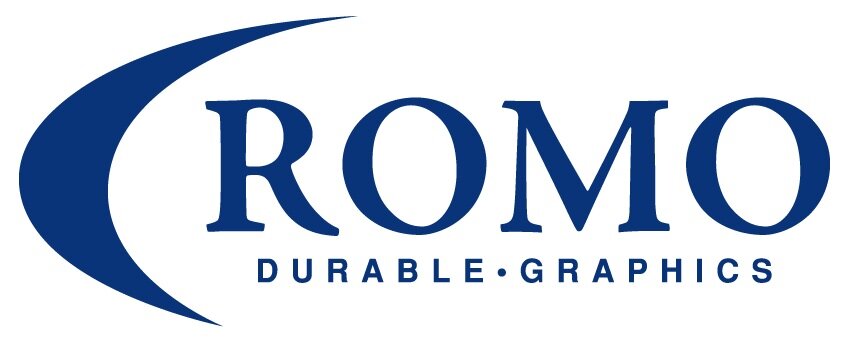It’s just a sticker. What's the big deal? Don’t you just push a button and print it?
This statement was uttered during a new prospect conversation this week. “Can’t you just take our logo from the website and make a brand decals?” he questioned.
To be honest, not if you want it to look good.
There’s much more that goes into creating a durable decal.
Like what you ask?
If I explained every detail, this could be a three-page article. So I’ll keep it simple.
Artwork – needs to be reproducible. We accept vector files in form of blueprints, Adobe Illustrator, EPS, and some PDF documents. Vector files are defined as graphics comprised of lines and shapes and can be scaled to larger sizes without losing image quality. A majority of images used on websites and documents are rasterized (JPEGs, GIFs, PNG and BMP) that are made up of specific number of dots. Sometimes we incorporate vector and raster files in a label. It’s best to check with us first.
Approvals – artwork, colors, material adhesion are just a few components that need approval before producing. The last thing we want is for our customer to receive products that don’t match company colors or falls off. We take quality seriously.
You might be surprised that Romo is a manufacturing plant. Not a print house.
Inks - Each color is printed with a UV-cured ink. These special inks are much more durable than digitally printed graphics you find at a local print shop. Each color is tested to ensure the best ink adhesion. Most printing companies don’t have UV curing equipment.
Extra color protection – in addition to UV curing the inks, we add a coating over the label for super durability!
Cutting - To be efficient, multiple stickers are printed on a sheet. Each sheet is cut one at a time with a steel rule die to eliminate the “sticking together” that occurs when the adhesive from multiple labels transfers in a stack.
Simply put, we has got the process down. Let Romo Durable Graphics take care of the details.



